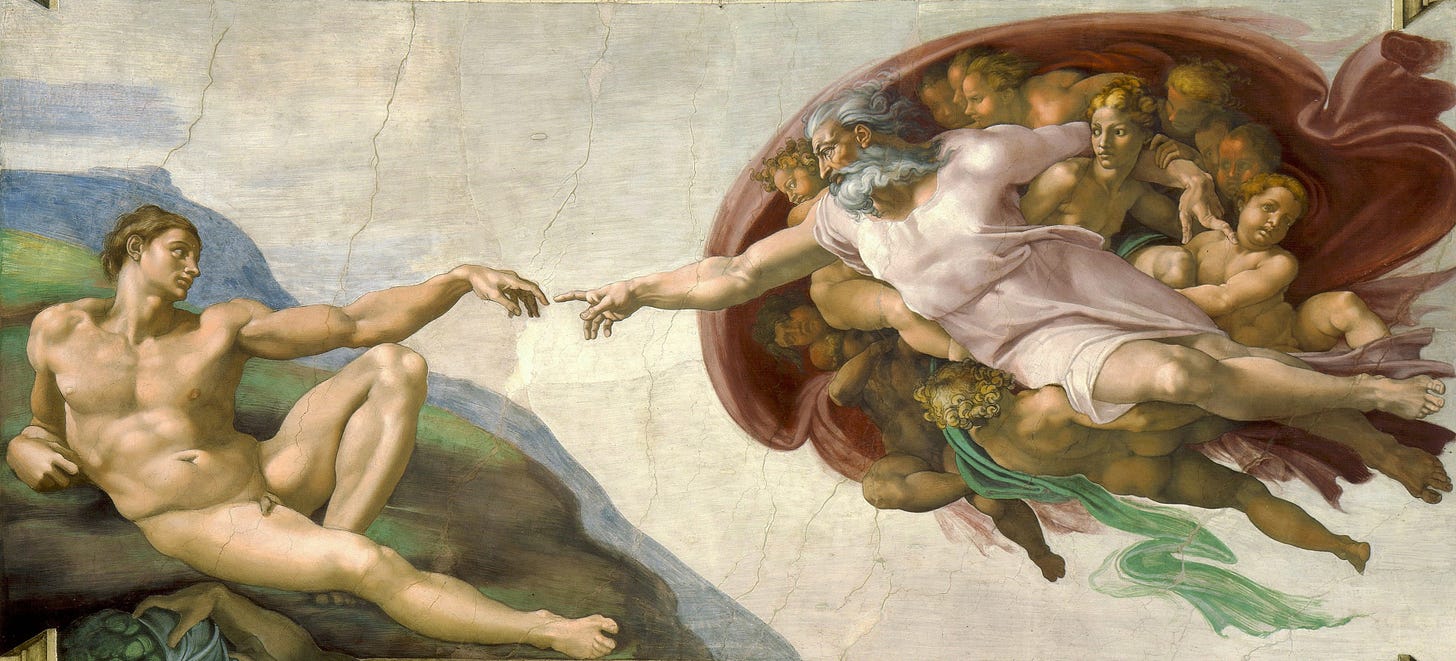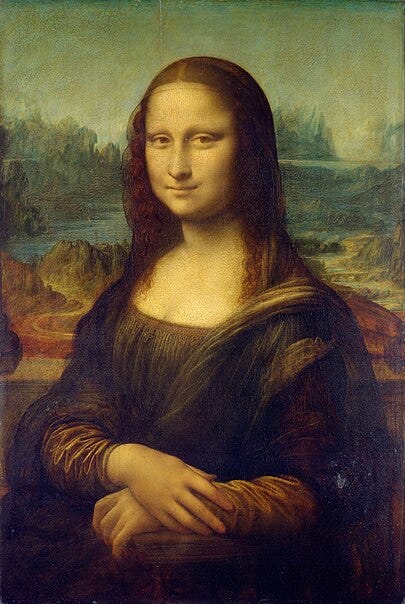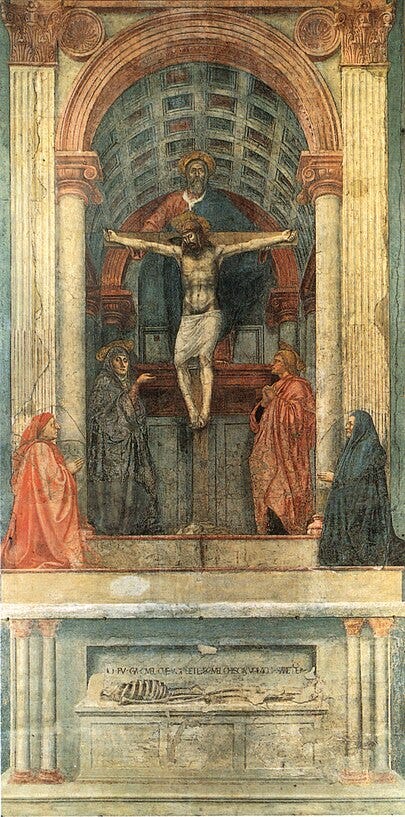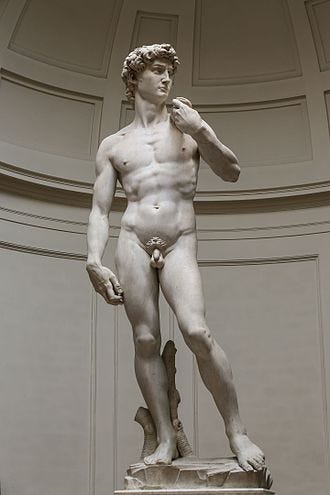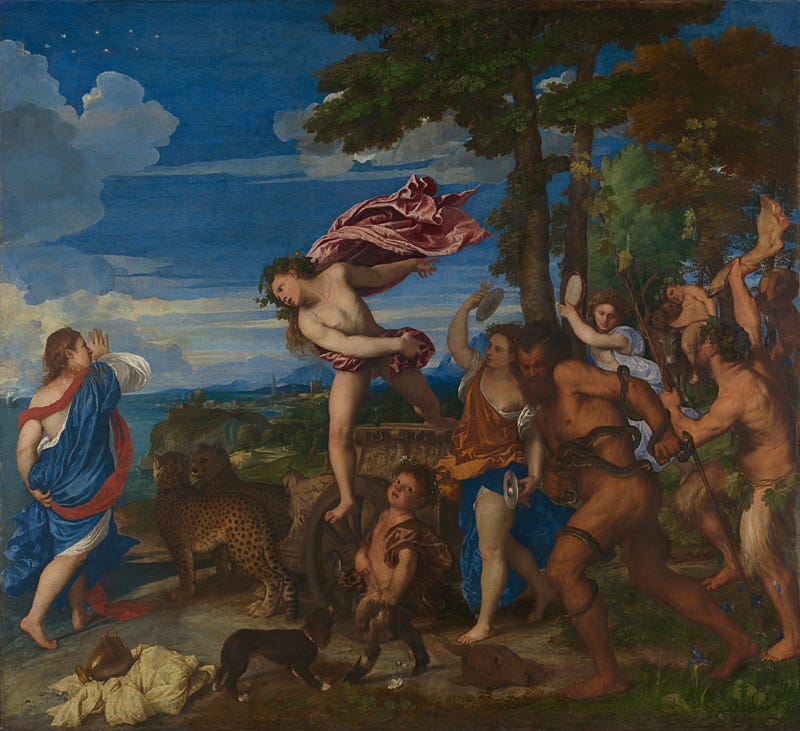The Renaissance was more than an artistic movement — it was a revolution in thought, a rebirth of culture, and a bridge between the medieval and modern worlds. Spanning roughly from the late 14th to the 17th century, the Renaissance transformed art, literature, science, and philosophy, leaving a profound legacy that still resonates today.
In the realm of art, Renaissance masters broke away from the rigid styles of the Middle Ages, introducing depth, realism, and movement into their work. Inspired by the rediscovery of ancient Greek and Roman knowledge, artists experimented with new techniques to depict the human experience with unprecedented accuracy. Their innovations changed the trajectory of Western art forever.
This introduction will explore the origins of the Renaissance, its defining artistic features, key artists, and the movement’s lasting influence.
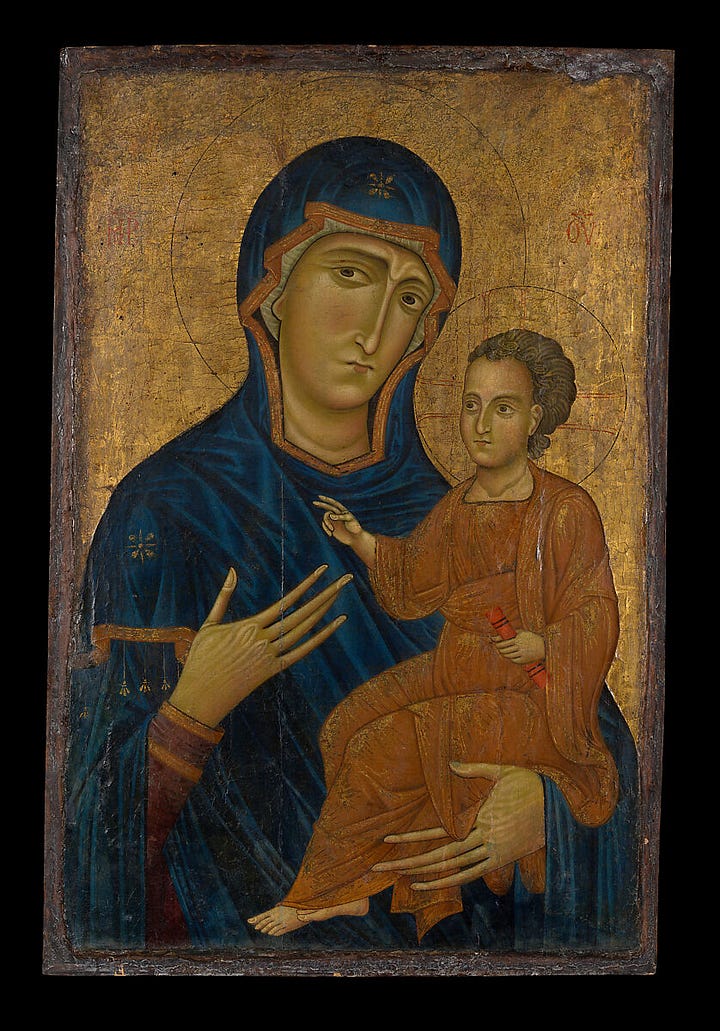
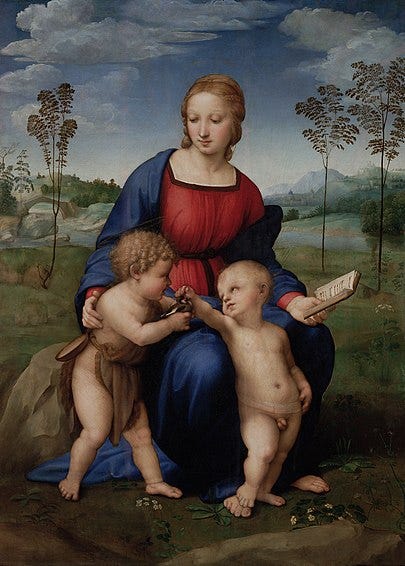
The Origins of the Renaissance
The Renaissance — meaning "rebirth" in French — emerged in Italy during the late 14th century before spreading across Europe. Several factors converged to ignite this cultural awakening:
1. The Influence of Classical Antiquity
The Renaissance was heavily inspired by the art, philosophy, and science of ancient Greece and Rome. Thinkers and artists sought to revive the ideals of classical beauty, balance, and proportion, seeing the ancient world as a model for intellectual and artistic excellence.
This interest in antiquity was partially sparked by the rediscovery of ancient texts, many of which had been preserved in monasteries and the libraries of the Islamic world. The works of Plato, Aristotle, Vitruvius, and Cicero were studied, analyzed, and integrated into Renaissance thought.
2. The Fall of Constantinople (1453)
When the Byzantine capital of Constantinople fell to the Ottoman Empire in 1453, many Greek scholars fled to Italy, bringing with them ancient manuscripts and knowledge that had been preserved for centuries. This influx of classical learning fueled the Renaissance’s intellectual expansion.
3. The Rise of Humanism
Humanism was the intellectual backbone of the Renaissance. It emphasized the study of classical antiquity, individual potential, and the natural world. Unlike the medieval worldview, which often prioritized religious themes and the afterlife, Renaissance humanism encouraged the pursuit of knowledge, artistic expression, and a deeper understanding of humanity.
Thinkers like Petrarch (1304–1374) and Erasmus (1466–1536) emphasized the importance of secular knowledge alongside religious faith. This shift in perspective had a profound impact on art, encouraging a focus on realism, individuality, and emotion.
4. The Economic and Political Landscape
The economic prosperity of Italian city-states, particularly Florence, Venice, and Rome, allowed wealthy families and institutions to support the arts.
Florence: The heart of the Renaissance, home to the powerful Medici family, who sponsored artists like Leonardo da Vinci and Michelangelo.
Venice: A hub for trade and a center for Renaissance painting, known for its rich use of color.
Rome: The seat of the Catholic Church, where the papacy commissioned grand architectural and artistic projects, such as St. Peter’s Basilica.
5. Scientific and Technological Advances
The Renaissance was also an era of scientific breakthroughs. Figures like Leonardo da Vinci studied anatomy, engineering, and optics, using their findings to enhance artistic realism. Mathematicians, including Luca Pacioli, developed theories of proportion that influenced painting and sculpture.
The invention of the printing press by Johannes Gutenberg (c. 1440) further accelerated the spread of Renaissance ideas by making books more widely available.
Characteristics of Renaissance Art
The Renaissance introduced revolutionary artistic techniques that set it apart from the medieval period. These innovations made artwork more lifelike, dynamic, and emotionally compelling.
1. Linear Perspective
One of the most significant artistic developments was the use of linear perspective, a technique that creates the illusion of depth on a flat surface. Filippo Brunelleschi, an architect, is credited with formalizing the principles of perspective, which were later used by painters like Masaccio in The Holy Trinity (1425).
2. Chiaroscuro and Sfumato
Artists experimented with light and shadow to create more dramatic, three-dimensional effects. Two key techniques emerged:
Chiaroscuro: The use of strong contrasts between light and dark, seen in Leonardo da Vinci’s The Last Supper (1495–1598) and Caravaggio’s later works.
Sfumato: A soft blending of colors and tones, most famously used in Leonardo’s Mona Lisa (1503–1506), giving her an almost ethereal appearance.
3. Realism and Anatomical Accuracy
Unlike medieval art, which often depicted figures in a stylized, flat manner, Renaissance artists sought greater naturalism. They studied human anatomy in depth — sometimes even dissecting cadavers — to understand musculature and movement. Michelangelo’s sculptures, such as David (1501–1504), demonstrate this intense focus on the human form.
4. Classical Themes and Mythology
Renaissance artists frequently drew inspiration from ancient mythology, history, and literature. Sandro Botticelli’s The Birth of Venus (1484–1486) is a prime example, depicting the goddess Venus emerging from the sea, a scene reminiscent of classical sculptures.
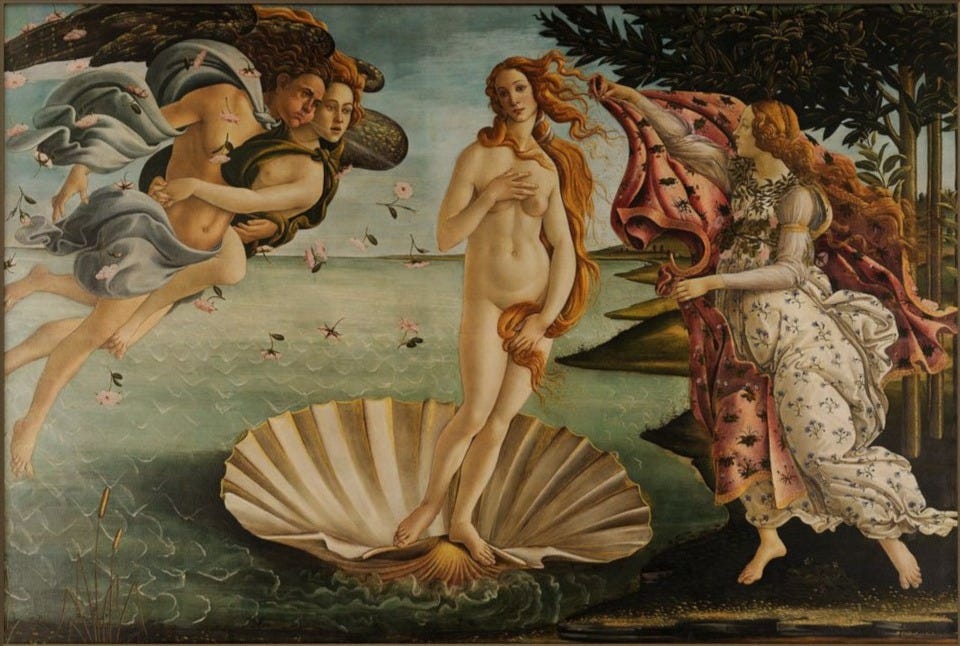
5. Fresco Painting
Many Renaissance artists used fresco — a technique in which paint is applied onto wet plaster. This allowed colors to fuse with the wall, creating vibrant, long-lasting murals. The most famous example is Michelangelo’s Sistine Chapel ceiling (1508–1512), a masterpiece of biblical storytelling.
Masters of the Renaissance
The Renaissance produced some of the most legendary artists in history, each contributing unique styles and innovations to the movement.
Leonardo da Vinci (1452–1519)
A true polymath, Leonardo was a painter, scientist, and inventor. His works, including The Mona Lisa and The Last Supper, are known for their meticulous attention to detail, innovative composition, and profound psychological depth.
Michelangelo (1475–1564)
Michelangelo’s genius spanned painting, sculpture, and architecture. His monumental statue of David, his frescoes on the Sistine Chapel ceiling, and the dome of St. Peter’s Basilica remain some of the most celebrated works of art in the world.
Raphael (1483–1520)
Raphael was known for his harmonious compositions and masterful use of perspective. His painting The School of Athens (1509–1511) encapsulates the Renaissance spirit, featuring a gathering of classical philosophers in a grand architectural setting.
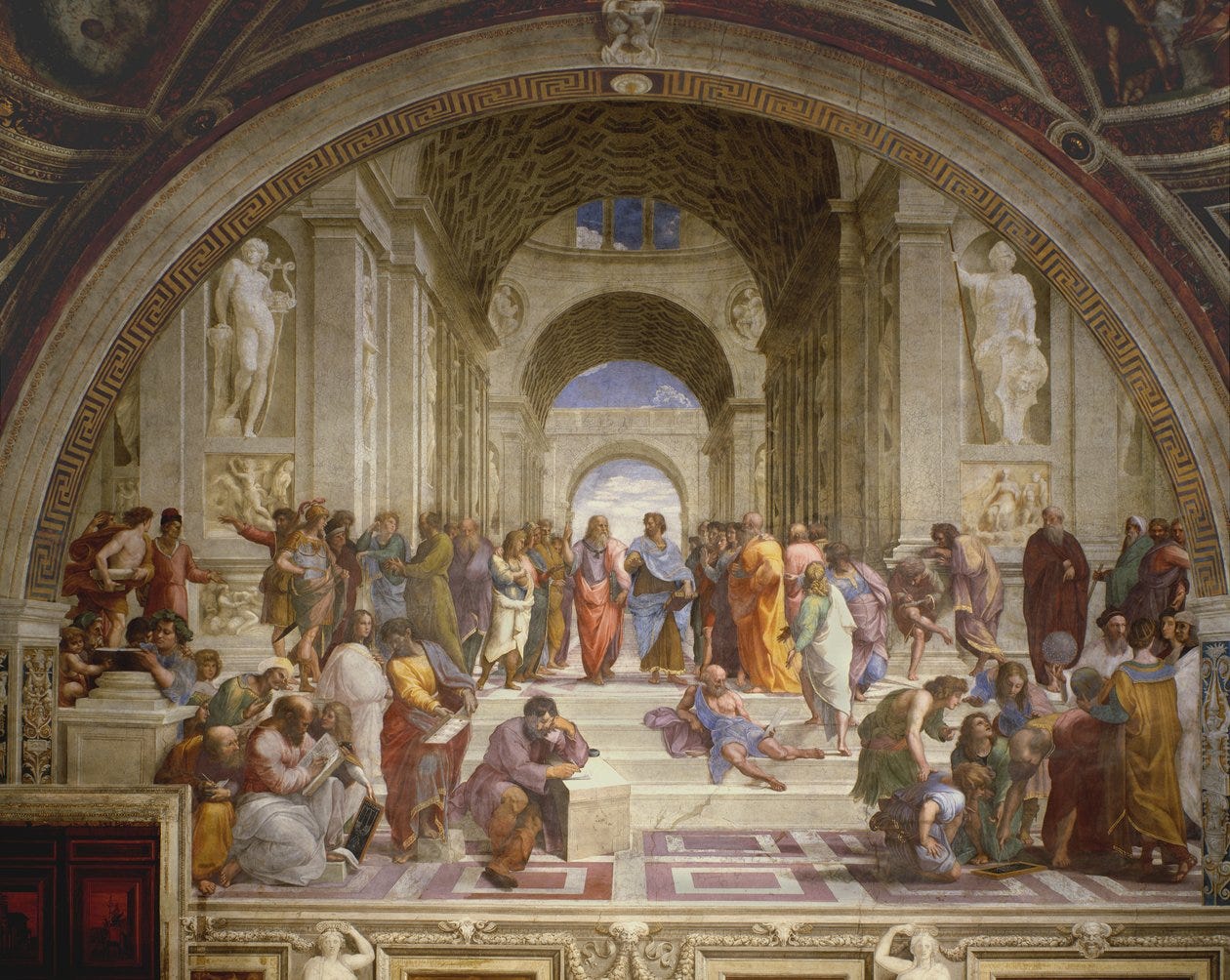
Titian (c. 1488–1576)
A Venetian master, Titian was known for his bold use of color and dynamic compositions. His works, including Assumption of the Virgin (1516-1518) and Venus of Urbino (1534), showcase his ability to blend rich textures and emotional depth.
Resources
Books
The Lives of the Artists – Giorgio Vasari
Renaissance Art: A Very Short Introduction – Geraldine A. Johnson
The Story of Art – E.H. Gombrich
Online Resources
Strokes of Genius is Kent’s journal of his exploration into the world of art history — learning, reflecting, and sharing discoveries along the way.


